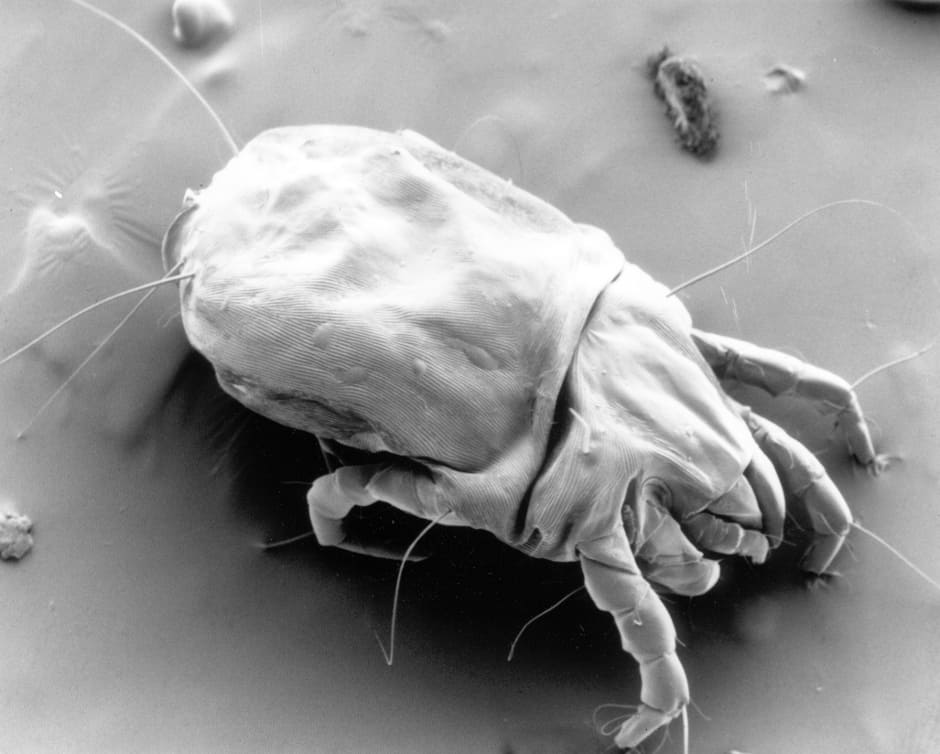
Allergies are an increasing problem, with over 12 million sufferers in the UK alone.
The cost to the UK economy from allergies is believed to be around £7bn in lost productivity each year.
Now a low-cost consumer device designed to remove allergens from the home is being developed in an EPSRC-funded project by researchers at Liverpool University, working with Dyson.
The device, which is based on a technology known as Cold Atmospheric pressure Plasma (CAP), is designed to reduce the concentration of airborne allergenic agents from within an indoor environment. These allergens include house dust mites, pollen, household chemicals such as cleaning products, and fungal spores, according to Dr James Walsh at Liverpool University, the project’s leader.
Cold plasma is a form of ionised gas in which energetic electrons and ions coexist alongside a wide variety of highly reactive chemical compounds.
It has recently been discovered that when cold plasma comes into contact with contamination in the air, such as an allergy-causing fungus or chemical, it has a very powerful decontamination effect.
“We apply electricity to air, which breaks the air apart into its constituent parts, electrons, atoms, and some reactive molecules,” said Walsh. “When that interacts with a fungus, say, it breaks it apart.”
While most people associate plasmas with heat, the plasmas developed by the device will be generated at room pressure, and low temperatures, Walsh said.
“We will be generating the cold plasma in air, so we are developing a device that actually uses the plasma to suck the air from the room through the device, and in the process of doing so cleaning it,” he said.
Unlike conventional devices the plasma technology does not require the use of a physical filter, which can become blocked or need replacing. What’s more, it does not need a pump or fan to draw air into the device and push it through, meaning it consumes much less energy.
“There is no real resistance, the air is just passing through a region of a high electric field, where it is getting bombarded by chemical species,” said Walsh.
The technology only requires air and electricity to operate, typically using ten times less power than a household lightbulb. This should make it suitable for continuous use in the home.
To develop the device, the researchers will first construct a pulsed air plasma source that creates a plasma rich in highly reactive chemical compounds.
The researchers will take diagnostic measurements of common household allergens passing through the plasma device, to understand how they break down, said Walsh.
“We don’t yet know what happens when a complex allergen passes through a complex plasma,” he said. “It will break apart, but what are those parts? That is a key question.”




April 1886: the Brunkebergs tunnel
First ever example of a ground source heat pump?